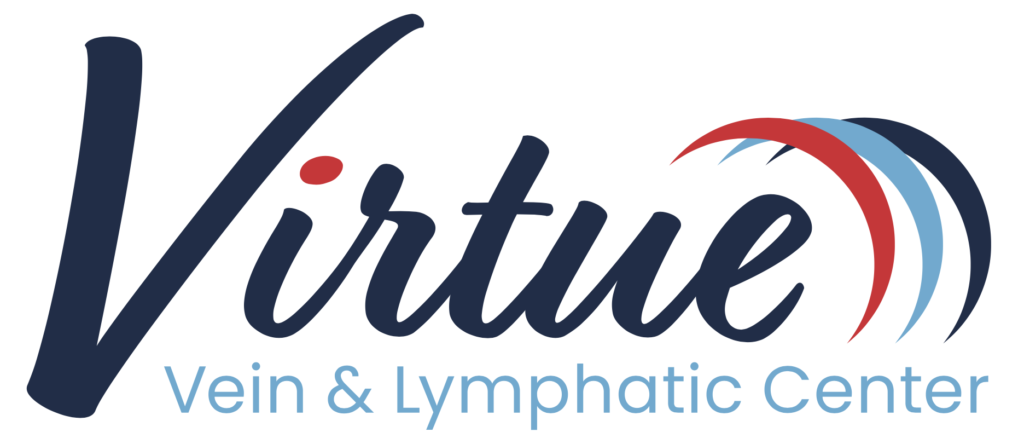Spider veins, also known as telangiectasias, are small, dilated blood vessels visible near the surface of the skin.They could red,blue or purple and green.The red ones are most of the time the smallests and the most superficial The green ones are mainly the largest and the deepest,it the subcutaneous fat.All of them are consider cosmetic concerns but can sometimes cause intractable symptoms and could indicate underlying more serious venous issues. Treatment options vary based on the severity of symptoms, location, and individual preferences. Here are common treatments:
1. Lifestyle Modifications
- Compression Stockings: Improve circulation and reduce symptoms, especially in the legs.However never have been shown to change the natural course of any venous disease.But ofter recommended by insurance companies and guidelines as first step in therapy.
- Exercise: Enhances blood flow and strengthens the veins.
- Weight Management: Reduces pressure on veins.
- Avoid Prolonged Sitting or Standing: Improves circulation and reduces the risk of vein dilation.
2. Medical and Cosmetic Procedures
- Sclerotherapy:
-
- A doctor injects a solution into the veins often mixed with air creating foam, causing them to collapse and fade over time.
- Requires multiple sessions for best results.usually success rate is 60-70%
- Minimal downtime and effective for most small veins.
- May need to be repeated periodically due to progressive nature of venous disease
- Laser Treatments:
-
- Non-invasive and uses focused light to heat and destroy the vein.
- Effective for facial spider veins or very small leg veins.
- Some redness and swelling may occur post-treatment.
- Radiofrequency Ablation (RFA):
-
- Uses heat from radiofrequency energy to close the vein.
- Commonly used for larger veins but can help reduce spider veins connected to them.
- Popular device is called Veingogh
- Combination of Sclerotherapy and Laser/Rf ablation give the best results specially for the smallest size spider veins
- Medical therapy-using supplements containing Flavonoids.Proven to help 20% of the time since vein disease is associated with inflammation in majority of the cases. Could be used topically and by mouth as supllements
- Vein Surgery (Microphlebectomy):
-
- Rarely needed for spider veins
3. Topical Treatments
- Retinoid Creams: Can improve the appearance of superficial veins by increasing collagen production in the skin.
4. Home Remedies
- Elevating Legs: Improves blood flow.
- Massaging with Essential Oils: Oils like horse chestnut or witch hazel may help reduce swelling and improve circulation.
When to See a Doctor
- If spider veins cause pain, itching, or swelling.
- If there are signs of deeper vein problems, such as varicose veins or ulcers.
- For cosmetic concerns to discuss the best treatment plan.
Prevention Tips
- Stay active.
- Wear sunscreen to prevent spider veins on the face.
- Avoid high heels and tight clothing.
- Maintain a healthy diet rich in antioxidants.
- Use Supplements
- Maintain healthy weight
A consultation with Dr. Krikorian who is a vascular specialist can help determine the most effective treatment based on your needs.

